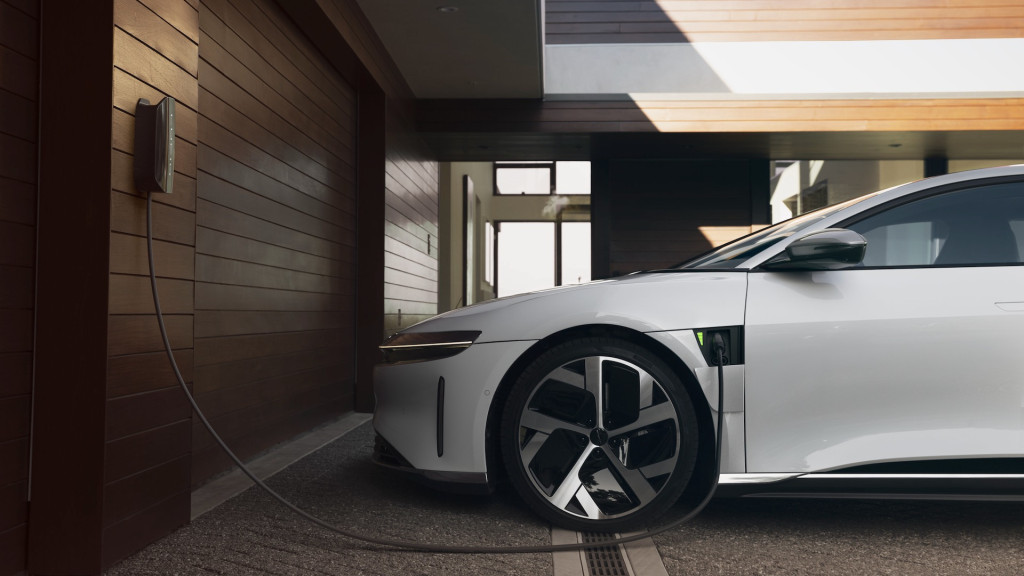Stricter emissions standards, automaker EV goals, and increasing consumer demand for EVs will create more need for public charging infrastructure, which a new study from the National Renewable Energy Laboratory (NREL) aims to quantify.
The NREL estimates that current regulatory and industry trends will lead to 30 million to 42 million EVs on U.S. roads by 2030. Researchers estimated the number, type, and location of public chargers to meet that demand, working with the Joint Office of Energy and Transportation and U.S. Department of Energy’s Vehicle Technologies Office.
U.S. charging needs for 2030 (from NREL study)
“The 2030 National Charging Network study ties together two of the administration’s priorities: building a national EV charging network and working toward the 2030 goal for the majority of all new car sales to be battery-electric vehicles,” said Gabe Klein, executive director of the Joint Office of Energy and Transportation. “It’s a framework for what is needed nationally, in terms of the types of charging required, their number, and where those chargers should go.”
Researchers estimate that a national charging network will require 182,000 publicly-accessible DC fast-charging ports by 2030, but one million Level 2 AC ports at publicly-accessible locations “including high-density neighborhoods, office buildings, and retail outlets.”
On top of that, researchers estimate the need for eight million Level 1 and Level 2 at privately-accessible locations, including both single-family and multi-family residences, and workplaces.

Lucid Connected Home Charging Station
Other studies, including one from S&P Global Mobility earlier this year, have called for more Level 2 chargers than fast chargers, but NREL researchers drive home that point. While fast chargers are needed for long trips and ride-sharing, private residential charging “will form the core of the national ecosystem” because EV drivers tend to prefer the convenience of at-home charging, according to researchers.
One potential model for a major Level 2 buildout does exist. Seoul, South Korea, last year unveiled plans for 200,000 public Level 2 chargers over the next four years.
An emphasis on Level 2 charging could have other related benefits. As an MIT study earlier this year found, more workplace charging—another common application for Level 2 infrastructure—could help ease the load on the grid.
